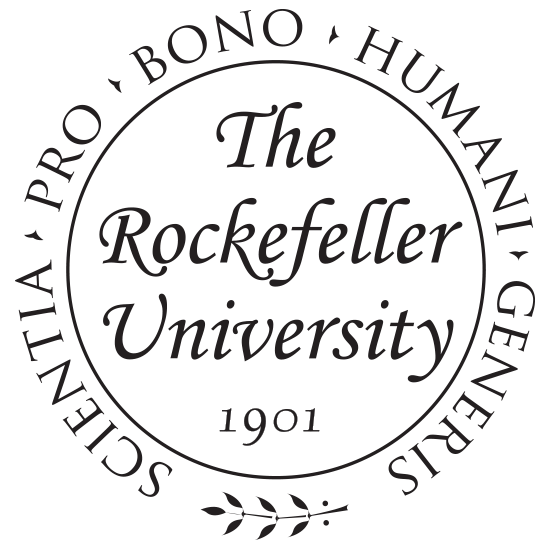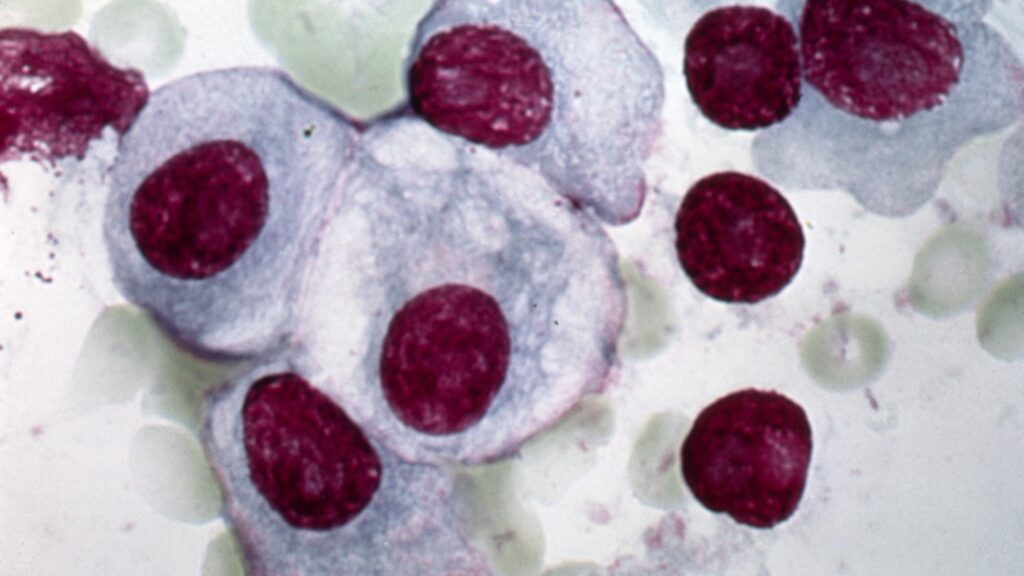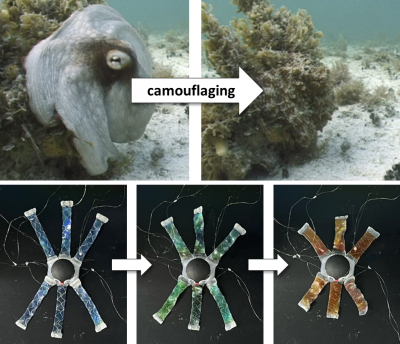New research has unveiled a comprehensive model of how nuclear pore complexes (NPCs) regulate the flow of materials between a cell’s nucleus and cytoplasm. Conducted by scientists from The Rockefeller University and the Hebrew University of Jerusalem, the study demonstrates how these microscopic structures make rapid decisions on what molecules to transport across the nuclear membrane. The findings, published in PNAS, have significant implications for understanding various diseases, particularly neurodegenerative disorders.
Nuclear pore complexes are essential for numerous cellular processes. When their transport mechanisms malfunction, it can lead to diseases such as Alzheimer’s, cancer, and ALS. The research team, led by Michael P. Rout from The Rockefeller University, has developed a detailed experimental and computational map that sheds light on the intricate workings of these cellular gatekeepers.
Decoding the Transport Mechanism
Scientists have long recognized that NPCs function as selective barriers, allowing millions of molecules to pass through each minute while rejecting others. According to lead author Barak Raveh, the size of each NPC is approximately one five-hundredth the width of a human hair. This remarkable efficiency raises important questions about how these complexes differentiate between molecules of various sizes and roles.
Previous models suggested NPCs operated like mechanical gates or fixed sieves, but this perception has been challenged. The research team combined fragmented experimental data and theoretical insights into a unified computational framework. This approach enabled them to discover ten crucial features that contribute to the extraordinary efficiency of NPCs.
At the heart of the NPC’s function is a dense network of flexible protein chains known as FG repeats. These dynamic structures create openings that allow small molecules to traverse the pore. Larger molecules, on the other hand, require nuclear transport receptors for passage. These specialized receptors facilitate the movement of their cargo through the fluctuating protein environment, ensuring smooth transport.
Potential for Medical and Biotechnological Advances
The computational model not only elucidates the transport mechanism but also provides valuable insights into diseases that arise from transport failures. The findings can guide the development of targeted therapies for NPC-associated genetic conditions. Rout notes, “We can now model genetic or pharmacological perturbations and then experimentally test the most promising ones.” This innovative approach paves the way for potential breakthroughs in treating complex diseases.
Furthermore, the model holds promise for biotechnological applications. Researchers envision the design of synthetic nanopores that mimic NPC functions, which could transform drug delivery and biosensing technologies. As Rout explains, NPCs are pivotal at the intersection of critical cellular systems, including transcription and translation. This research sets the stage for future studies to explore how these systems interconnect at the molecular level.
Despite the advancements, significant questions remain about the nuances of nuclear transport. The research team plans to delve deeper into the specific roles of different FG nucleoporins and the pathways for various cargo molecules. As they continue to investigate, the potential for new discoveries in cellular biology and medicine remains vast.







